As a Fractional CMO, I’ve worked with brands that obsess over their email marketing strategy—yet neglect the one category of email with the highest open rates, best deliverability, and most trust-building potential: transactional emails.
You know the ones. Order confirmations, password resets, shipping updates, and subscription renewals. The kind of emails your customers expect—and often rely on to feel secure and supported by your business.
But here’s what most companies miss: transactional emails aren’t just logistical—they’re experiential. Done right, they reinforce brand loyalty, reduce support volume, and even open the door to additional revenue.
In this guide, I’ll show you how to elevate these types of emails from basic to brilliant—backed by best practices, strategic thinking, and real-world examples that actually move the needle.
What Are Transactional Emails?
Transactional emails are the operational backbone of customer communication. These are automated messages triggered by user actions—designed to deliver timely, relevant information that customers expect, not just appreciate.
Definition and Purpose
Transactional messages are automatically triggered messages sent after specific user actions. They range from confirmation emails to password change emails, but all share the common characteristic of being a direct response to a user action.
Transactional emails are sent to a single individual. They are not promotional emails, but instead offer a targeted and specific response to a user action.
Because transactional messages are relevant to specific user actions, they have much higher open rates than the general messages you send to your email list as a whole.
Key Examples
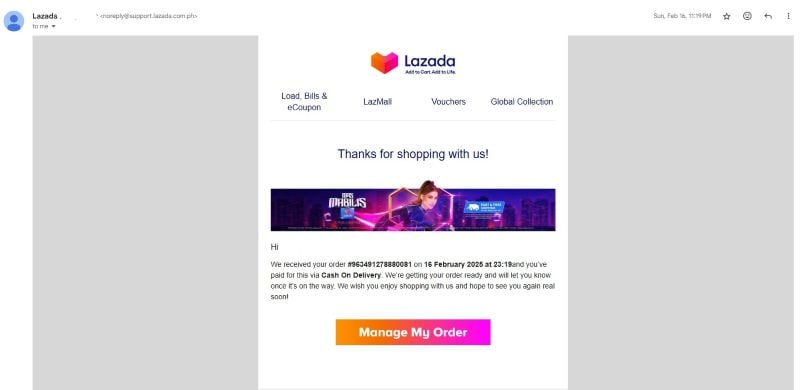
Your transactional email service will likely offer key examples of transactional email messages you can send. Some of the more common ones are easily recognizable. Consider the examples I have put together below.
Order confirmation emails are perhaps the best known transactional message out there. These emails help support customer relationships by building trust and creating a safe spot to refer back to.
Shipping and delivery notifications are similar, and send out to a given email address once an item has been shipped or delivered. These also build trust between your brand and your customers.
Password reset notices can be sent out for many reasons, but they are frequently found among transactional email templates because they are such a ubiquitous form of this message format.
Account alerts and security updates are also common examples of transactional emails. These notification emails are automatic, but still keep your brand top of mind in your clients’ email inboxes.
Purchase receipts and invoices are also key transactional emails. These draw your audience in and let them know that an action has been taken.
Transactional vs Marketing Emails
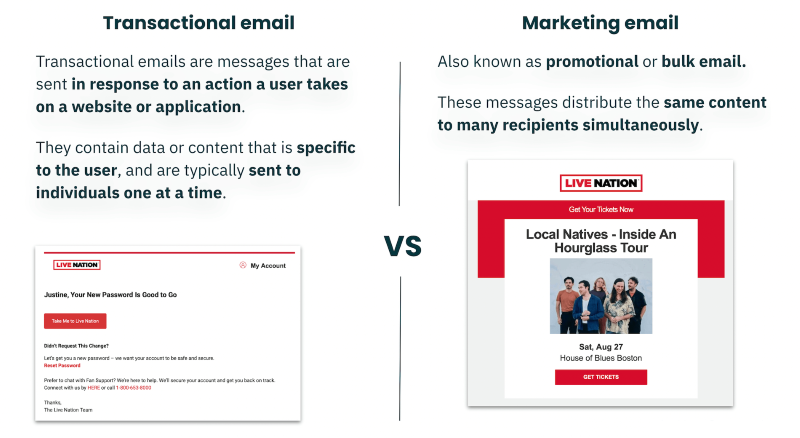
While they both land in the inbox, transactional and marketing emails serve entirely different purposes—and confusing the two can lead to compliance issues, customer frustration, or missed growth opportunities. Here’s how to tell them apart and why the distinction matters.
The Core Differences
The core differences of a transactional and a marketing email are vital, because they differentiate bulk emails from highly targeted ones, and serve completely different purposes.
The purpose of a transactional message is functional. It exists to respond to a customer action. Promotional emails are a part of email marketing campaigns and serve to encourage an action.
The consent requirements of the transactional email examples I identified above also differ from marketing messages. One must be opted into, while the other possesses implied consent. Marketing must be opted into, while there is implied consent at play. (Think post-purchase emails versus promoting a new product.)
The content of these emails is also different. Transactional emails are user-specific, while marketing messages are audience-wide.
Finally, the design and tone differs. Marketing emails are highly branded and are designed to be flashy and attention-getting. Transactional emails are plain, as is the case with shipping confirmation emails, password reset emails, and more.
Trying to Keep Up with Digital Marketing?
Just released: my new book to help small businesses, entrepreneurs, and marketers master digital marketing in today’s digital-first world.
Drawing on my Fractional CMO experience, Digital Threads simplifies complex strategies into clear, actionable steps for success.
Transform your business today—grab your copy! Click the cover or button below to buy on Amazon.
Legal and Compliance Considerations
Remember that marketing emails require significant considerations for GDPR, CAN-SPAM, CASL, and CCPA compliance. Transactional emails are not as stringent, again because implied consent is at play.
Unless you are extremely careful, you cannot sneak promotional materials into an email of this kind. Promotional materials encourage sales, while transactional materials are designed to improve user experience. One possible exception is the cart abandonment email, which can veer into promotional if it suggests an additional item past what is left in the cart.
Transactional messages do not require unsubscribe links, because they are not subscribed to in the first place. They are triggered in response to a specific user action.
Why Transactional Emails Matter for Growth
It’s easy to treat transactional emails as a technical afterthought, but they’re actually one of the most powerful touchpoints in your customer journey. From building trust to reducing support load, here’s how transactional emails contribute directly to business performance:
Open Rates & Engagement Metrics
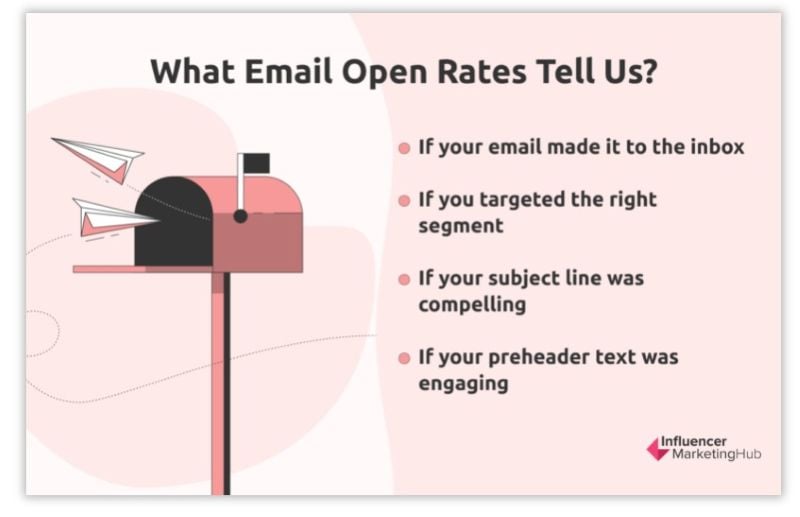
The open and click rates of transactional messages can be 40-50%–a 20-30% jump from typical engagement metrics seen in other emails.
The open and click rates are higher, because of both timing and relevance. From a password reset link to an account creation email, users are expecting the email in their inbox, and are therefore more likely to seek out the email and open it.
Further Reading: 12 Ways How to Improve Your Email Open Rate
Impact on Customer Experience (CX)
Customer experience is profoundly different when transactional emails are used. These emails reassure customers and help reduce post-purchase anxiety. Unlike bulk emails, which are general and not specific, transactional messages are delivered in response to a distinct action.
These emails also help manage expectations and minimize support tickets. Shipping confirmations can help customers keep an eye on purchases, abandoned cart emails can reduce the need for promotional emails, and account verification emails can help keep login information easily accessible.
Trust and Brand Perception
Customer satisfaction and trust are important. By sending transactional messages to individual users, you create reliability and comfort at critical moments.
Missed transactional emails can create a feeling of lost trust. If you do not deliver a password reset link, or a shipping confirmation, your audience can lose faith in your ability to follow through.
Types of Transactional Emails (With Examples)
Not all transactional emails are created equal. Depending on the action your user takes, these messages can confirm a purchase, protect account security, or help onboard a new customer—each with its own best practices and opportunities for optimization.
Further Reading: 9 Types of Transactional Emails Every Marketer Should Know
Purchase-Related
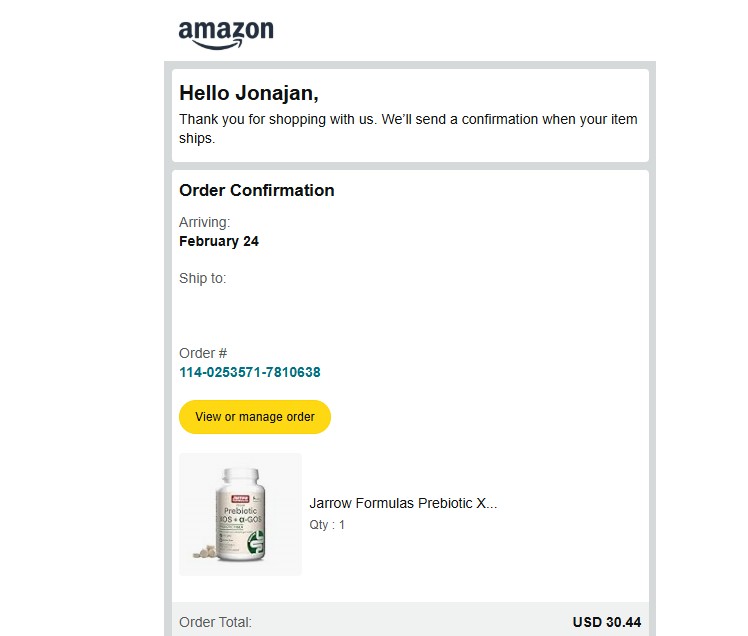
There are several important purchase-related emails you can use in your business. Each of these is designed to build trust and show your ability to follow through.
Order confirmation emails give your customers a point of reference after a purchase has been made, including order numbers and totals.
Shipping notification emails can help generate excitement and offer comfort and a sense of safety for your audience.
Delivery confirmations can help soothe the nerves of anyone on the lookout for a package, and can also help support accountability from the delivery service.
Finally, refund and cancellation notices can help encourage trust in your brand–especially when timely delivery is involved. These emails let your audience know that they can expect to receive their money back.
Account and Access
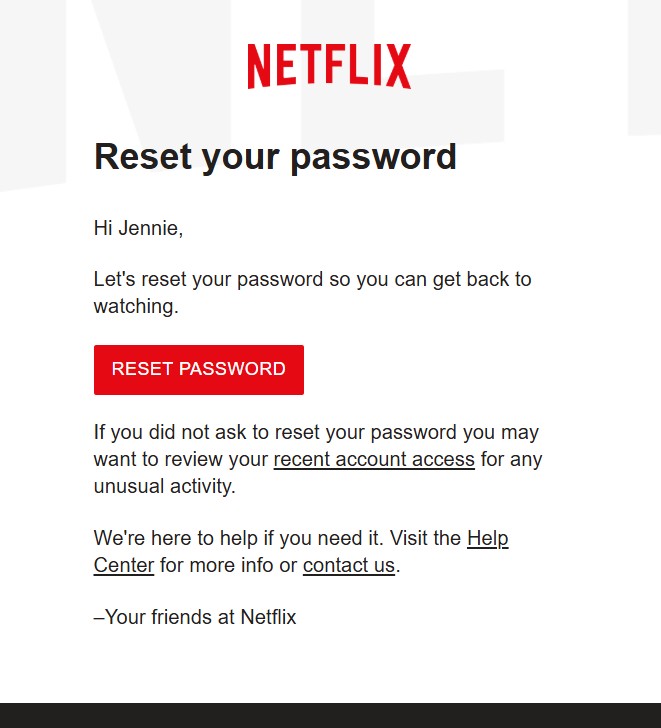
Account creation and welcome emails are sent to offer information (“Your username is…”) and provide a welcome to new subscribers or customers.
Password reset emails are for those unlucky individuals who have forgotten their passwords. These emails help secure trust, as they keep your audience able to continue engaging, even when a password has been lost or forgotten.
Subscription confirmations, like account creation/welcome emails, help create something to refer back to when a subscription or username is needed.
Finally, security alerts and login notifications help build trust by letting you know if there is a possible breach in your account. Whether your financial institutions are found in your account, or you simply want information kept private, security alerts help build trust and maintain a sense of safety.
Consent & Feedback
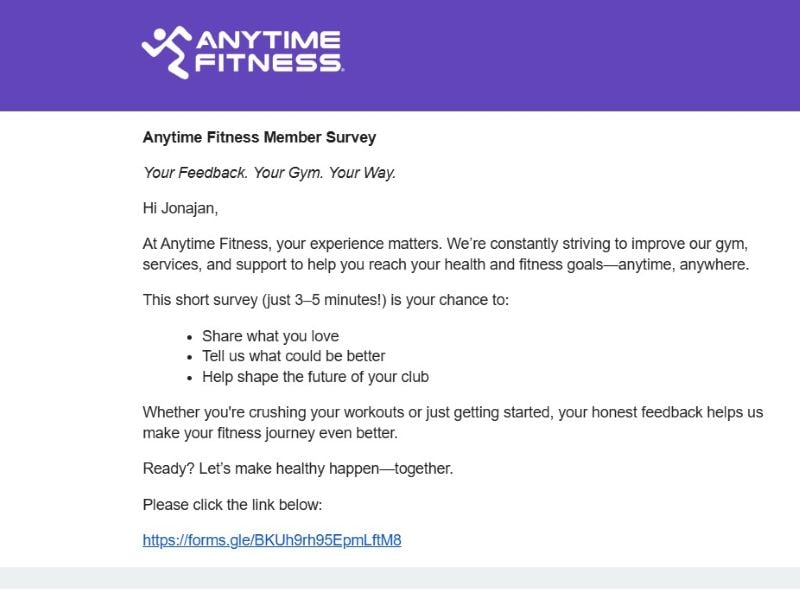
Double opt-in emails can help create trust by ensuring that your audience truly opts in to an email list or other action.
Feedback and review requests can help maintain engagement, while learning more about your customers and providing a way to improve operations.
Legal updates and privacy changes are required emails, but can also build trust by letting your audience know you are aware and on top of any legal changes.
Less Common but High-Impact
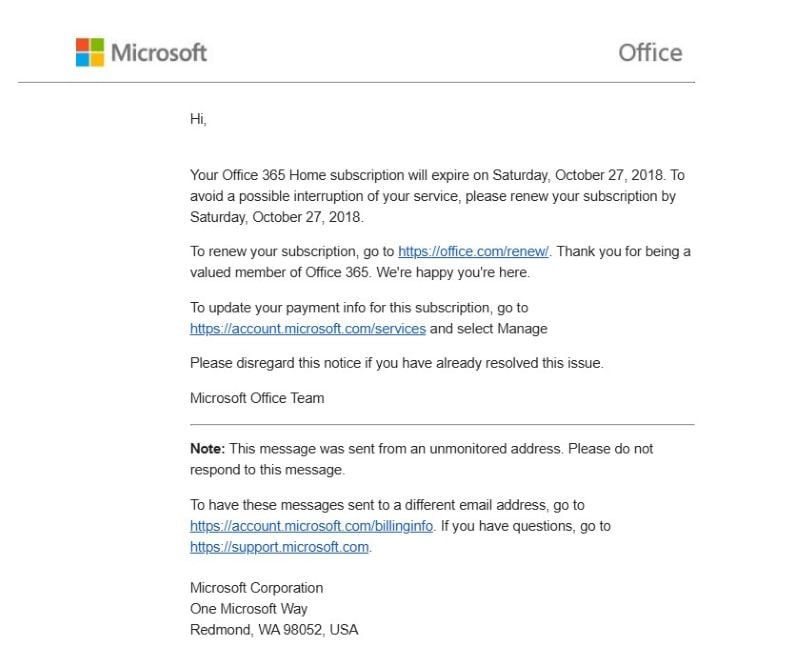
Usage summaries let your mailing list or client pool know how they are using your products or using a service.
Product setup and onboarding messages are infrequent, but valuable, as they provide immense value to your audience.
Finally, billing updates can help build trust by reminding your audience of subscription renewals or payment failures, in order to keep their finances in line with regard to your brand or company.
Best Practices for Transactional Emails
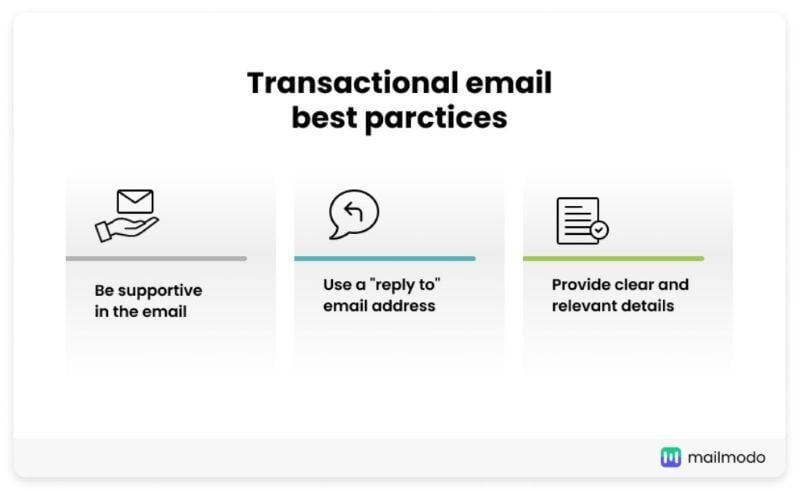
A well-crafted transactional email does more than confirm an action—it reassures, informs, and reflects your brand. Use these best practices to ensure your messages are not only functional but also trustworthy, branded, and effective.
Technical and Legal Setup
Your marketing and transactional streams should be separated. Your domain, IP, and sender should all be separate when you are sending a promotional message versus a transactional one.
You can set up SPF, DKIM, and DMARC for authentication to help delivery rates and build trust.
Finally, monitor the deliverability and bounce rates of your emails to make sure your practices are effective.
Further Reading: Email Deliverability Guide: 16 Best Practices to Reach More Inboxes
UX and Content Tips
When you create your subject lines, make sure those subject lines clearly reflect a user action. “Welcome! Your account information is inside!” etc.)
All content should be mobile-optimized and scannable, to draw the eye in without overwhelming your audience.
Branded design need not be flashy, but should still match general brand designs. This will help build trust and maintain consistency.
Finally, develop a prominent CTA (call to action) if an action is required, as is the case to confirm an account, reset a password, etc.
Personalization and Added Value
You can make use of personalization in your emails, from invoice emails to cancellation emails, to help improve deliverability and show your audience consideration and care.
Further Reading: 8 Personalized Email Marketing Strategies You Don’t Want to Miss (with Examples)
Dynamic content to enhance experience (e.g., UGC, order FAQs)
Within your transactional messages, you can add dynamic content to enhance user experience. Relevant help content like FAQs or links to support can deliver the meat of a transaction, while offering value. Even a shipping address confirmation can be used to deliver content regarding shipping.
You can also use the 80/20 CAN-SPAM rule to suggest next steps in your customer journey, without crossing the line from one email type to another.
How to Set Up Transactional Emails (Without Breaking Your Marketing Stack)
Whether you’re just getting started or looking to optimize an existing flow, setting up transactional emails requires the right tools, workflows, and deliverability strategies. Here’s how to build a solid foundation that scales without compromising your marketing infrastructure.
Choosing the Right Platform
As you look for an email service provider to host your transactional messages, look for deliverability, SMTP/API support, and template flexibility. Regular emails differ from activation emails and other transactional messages, so make sure there is some flexibility built in.
The tools I recommend include Brevo, Postmark, Mailchimp Transactional, Amazon SES, and Mailgun. All of these tools can help you develop commercial emails to send in response to user actions.
Integration and Automation
Tie transactional email triggers to your preferred ecommerce platform or CRM. This helps streamline different aspects of your business and manage email content overall.
You can segment your emails by action type, channel, or even customer lifecycle stage. This will help ensure that your email strategy is straightforward and effective.
Further Reading: What is Email Marketing Automation and How Much Can You Actually Automate?
Testing and Monitoring
Testing is important, even when you are not running email campaigns, but transactional messages. Evaluate the QA of each flow, including password resets, checkouts, returns, and subscription changes.
Use logs and analytics to detect any drop-offs or failures you may find in your messages. Email engagement may not be as essential in these messages, but engagement should remain high.
Finally, consider heatmaps or click tracking to optimize your workflow. An inefficient system can erode customer trust, so continue to foster customer loyalty by continually optimizing your transactional message practices.
The Last Word
The most impactful transactional emails are the ones your customers barely notice, because they work flawlessly, feel personal, and arrive exactly when needed.
If you’re willing to go beyond the bare minimum, these messages can become a powerful extension of your brand voice, your retention strategy, and your customer experience.
This is what separates a good brand from a memorable one: treating every interaction—especially the routine ones—as a chance to earn trust, build loyalty, and deliver value.
If you’re ready to elevate your transactional emails from system-generated to strategically crafted, you’re already ahead of most businesses. The next step? Implement the best practices above, test relentlessly, and start turning utility into opportunity!

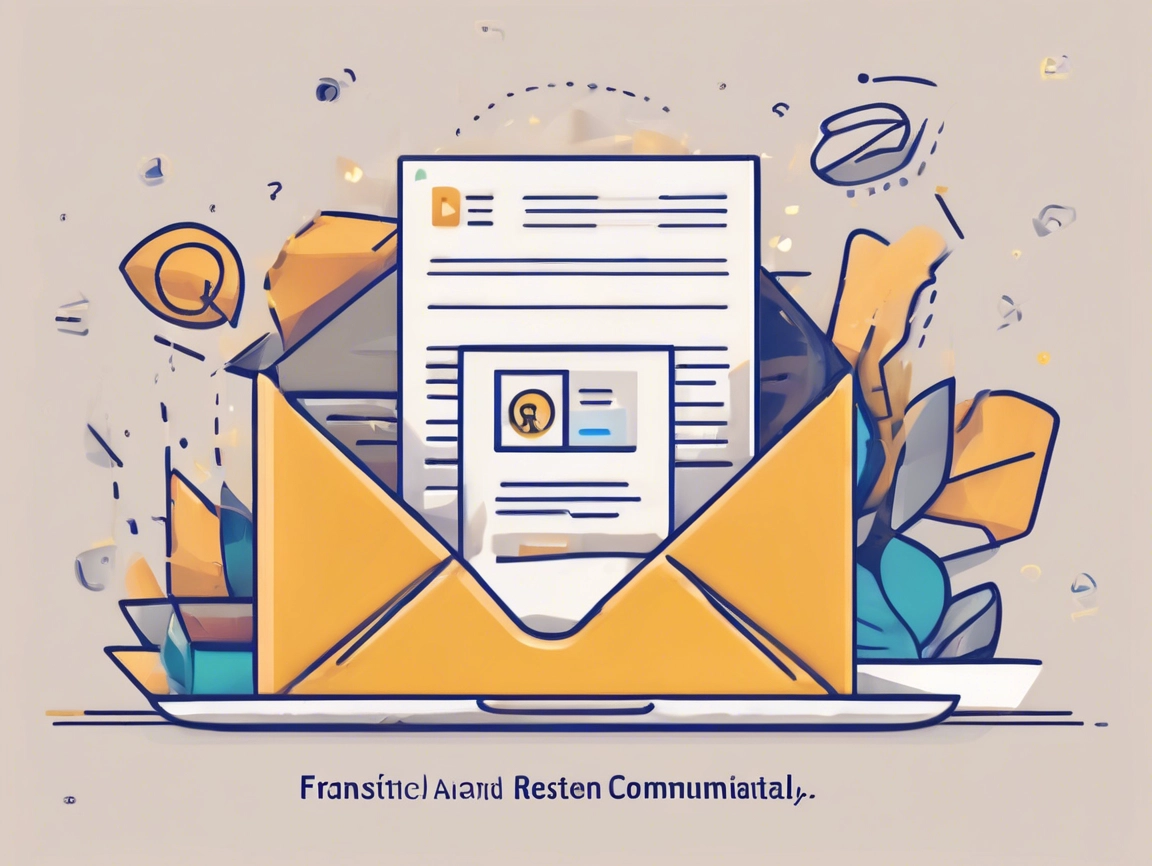
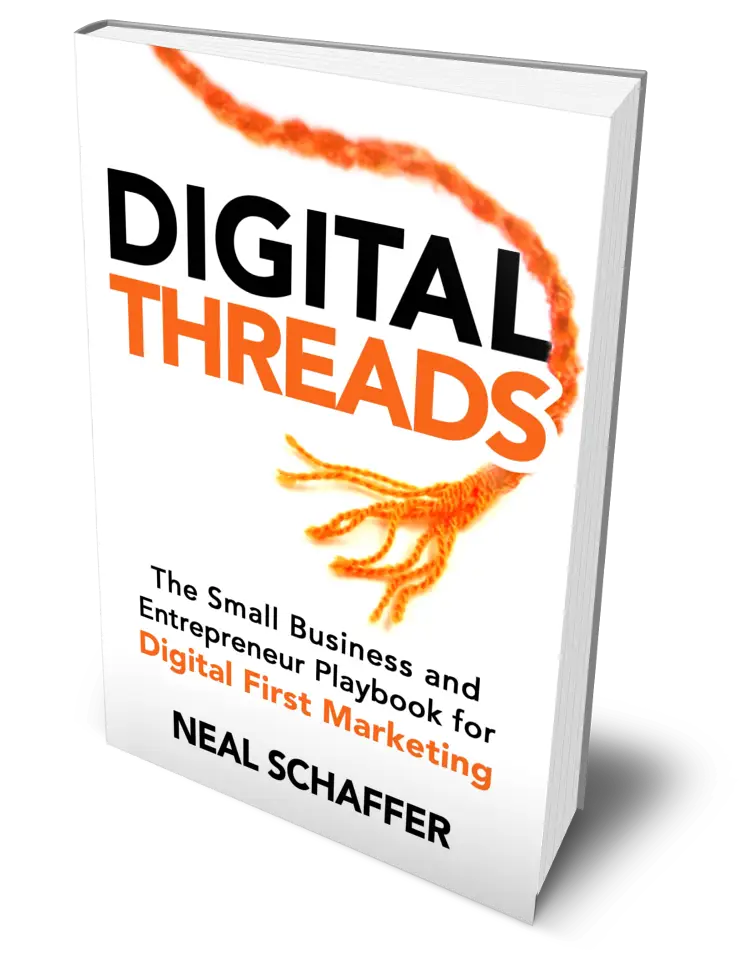




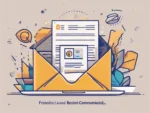



Thank you for the information. In this era, email marketing is a growing platform for marketers, and it’s important for marketers to know about the types of transactional emails. This information fulfils the knowledge about this.
I couldn’t agree with you more Niraj! Appreciate your comment!